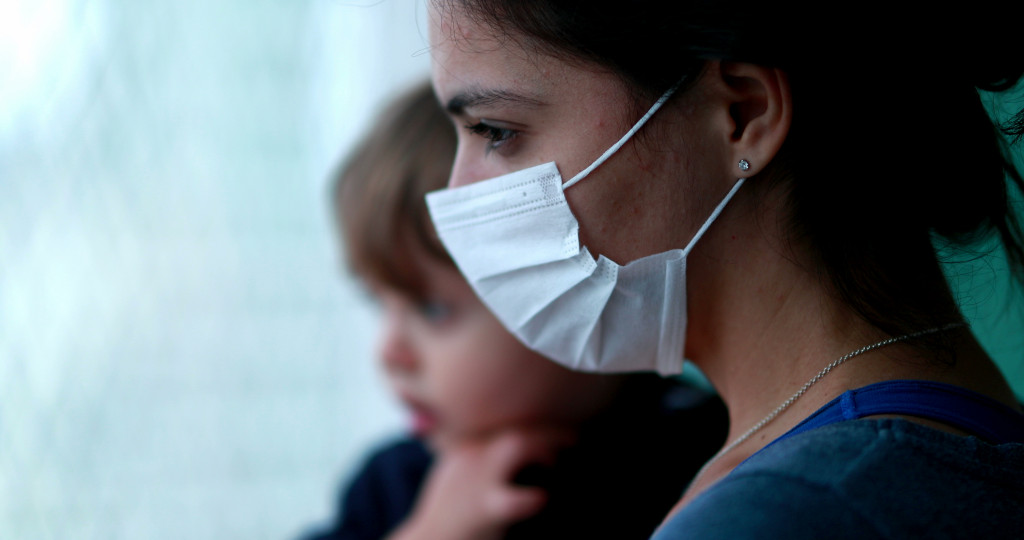Just as more cities in the world achieved herd immunity against COVID-19, a new variant emerged. The omicron variant, which was first flagged in South Africa last month, is labeled by WHO as a “variant of concern.” It’s also likely to have a “very high” global risk.
So far, cases of this variant have been found in Canada, U.K., Germany, France, Belgium, the Netherlands, Italy, Israel, Hong Kong, and Australia. The U.S. has its eyes set on China, which might double-down its “zero-COVID” policy by imposing another massive lockdown.
If a lockdown happens again, shipments will be disrupted, resulting in another economic downturn. Markets will crash, and many people’s employment will be at stake once more. Thankfully, the situation appeared to be stabilizing lately, but we can’t be sure of anything until this variant has been tackled.
Omicron in the United States
The omicron variant has reached the United States as well. On December 2, New York has confirmed five cases, mere hours after the U.S. confirmed its second omicron variant case in a Minnesota resident. Governor Kathy Hochul, however, said that this isn’t a cause for alarm.
Indeed, omicron cases in South Africa, which has reached more than 500,000, were typically mild. But just like the others before it, omicron may also cause severe COVID-19.
Americans are worried if the variant will derail their holiday plans and preparations, but nothing alarming has been announced so far. Like always, everyone should still follow health protocols and get vaccinated. This means that it’s still business as always for industries. Some workplaces may observe restrictions, but overall, no major setback has occurred.
Supply Chains Remain Under Pressure
Despite the omicron situation being under control, global supply chains are still under pressure. Last year’s disruptions left an impact on today’s shipments. Logistical challenges across shipping and air freight are still prevalent, and less than half the ships arrived on time this year.

Vietnam, a key exporter in Asia, shut down its factories due to an “especially severe” third COVID-19 wave. This has caused problems for many American companies with manufacturing facilities in Vietnam. The Southeast Asian country is now set to regain its exports share, but if the omicron variant disrupts its recovery, it could threaten the recovery of the regional export, according to analysts.
Asia’s gross domestic product may face the biggest risk. Oxford Economics predicts that the omicron variant could pull it down by 1.6% in 2022.
The Housing Market
Investors and typical consumers are probably most curious about omicron’s possible effect on the housing market. In 2020 and early 2021, the housing market boomed, despite the recession caused by the pandemic. The recession dropped mortgage rates, encouraging many people to buy houses while it was affordable. Also, the new normal, which included a work-from-home setup, inspired many workers to live in more suburban neighborhoods.
But in June 2021, the housing boom slowed, particularly the sales of newly-built homes. Median prices have increased again, and the costs of raw materials, such as lumber, were significantly more expensive. As such, builders couldn’t afford to construct affordable homes because construction costs have also risen.
Real estate experts believe that omicron could worsen the already depleting supply of homes in the market. It will also affect mortgage rates, resulting in higher rents in metropolitan areas and cheaper ones in other places. But Realtor.com® chief economist Danielle Hale believes that the ongoing housing trends will continue to play out with the omicron variant in place. That means supplies will remain low, prices will stay high and their growth slow, and the popularity of the suburbs will endure.
Simply put, Hale thinks omicron will just have a small effect on housing. No one will stop buying a home, and those with the budget will still have new custom homes built. As such, sellers of backhoe loaders and other heavy construction equipment won’t likely go out of business. They might now have more customers from suburban cities because of this persisting new normal.
Trends Omicron Could Create
If omicron turns out to be more dangerous than other variants, returns to the office may be delayed further. This may create another wave of demand for new homes. Since the remote work setup may become permanent, interest in homes farther away from cities will grow once more. Right now, the demand is slow because of the holidays and winter, but in spring next year, the housing market will likely boom again, just as it always does. If buyers weren’t bothered by the pandemic last year, then they wouldn’t be bothered by omicron next year either.
Even if prospects are still uncertain, everything feels safe for now at least. But of course, we should stay prepared and keep following health protocols, while industries should have risk management plans in place.

